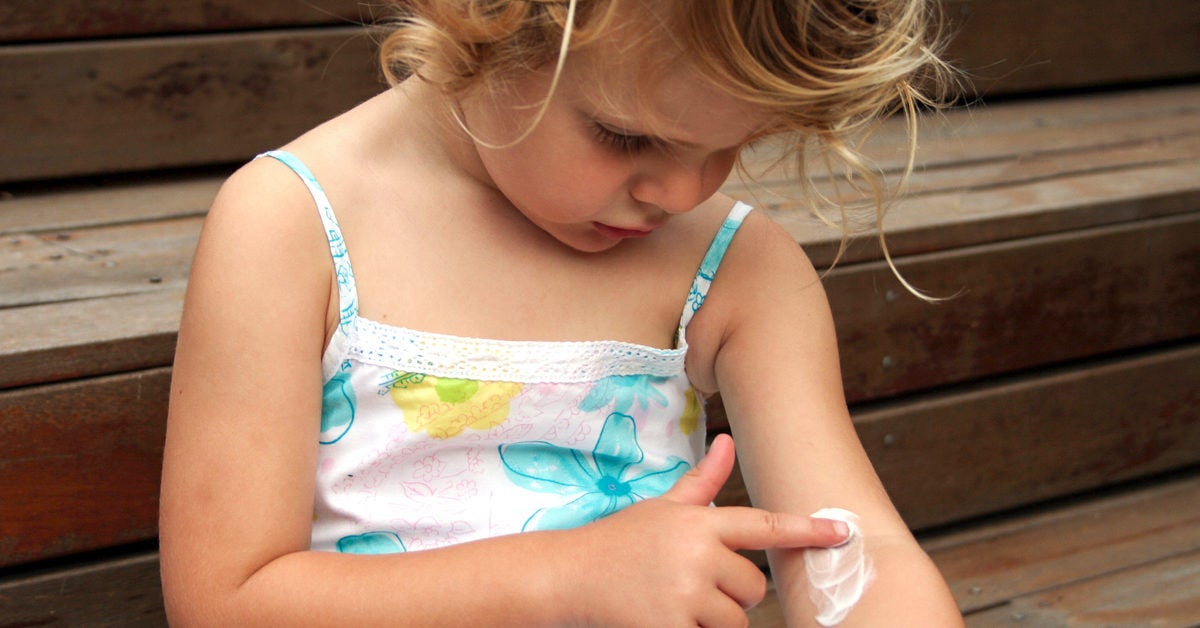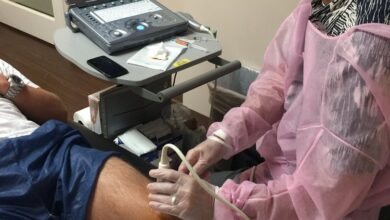Topical steroid withdrawal (TSW) is a skin condition that affects children who have been using topical steroid creams for an extended period. TSW is also known as Red Skin Syndrome or Topical Corticosteroid Withdrawal. The prolonged use of steroid creams on the skin can lead to TSW, which can cause redness, burning, itching, and other symptoms.
TSW is not widely understood and can often be misdiagnosed as eczema, psoriasis, or other skin conditions. The symptoms of it can be severe and can have a significant impact on a child’s quality of life. It is important for parents to understand the symptoms of TSW and how to address the condition.
Symptoms

The symptoms can appear within days or weeks of discontinuing topical steroid use. Symptoms can include redness, burning, itching, dryness, and scaling. The skin may also become sensitive to touch and may develop a shiny appearance. In severe cases, the skin may develop open sores and become infected.
TSW is a challenging condition to treat, and there is no specific cure. The primary treatment for it is to stop using topical steroids. However, this can lead to a worsening of symptoms before they improve. Moisturizers, topical antibiotics, and other medications may be used to help manage symptoms.
Prevent Complications

It is essential to recognize it early to prevent complications and improve outcomes. Parents should monitor their child’s skin for signs of TSW, especially if they have been using topical steroids for an extended period. If TSW is suspected, parents should seek medical attention. A dermatologist can diagnose it and develop a treatment plan.
Parents can also take steps to prevent it by using topical steroids as directed by a healthcare provider. Topical steroids should only be used for the shortest amount of time necessary to treat the skin condition. It is essential to follow the instructions provided by the healthcare provider carefully. If the symptoms do not improve, parents should seek medical attention.
Parents should also provide emotional support for their child during the TSW process. The symptoms can be distressing and can affect a child’s self-esteem. Parents should encourage their child to talk about their feelings and provide reassurance.
TSW is a challenging condition to manage, but with early recognition and appropriate treatment, children can recover from the condition and enjoy healthy skin once again.
It is important for parents to understand that TSW can be a prolonged and difficult process, and there may be times when their child feels frustrated or discouraged. It is essential to stay patient and provide ongoing support throughout the healing process.
During the TSW process, it is also important to maintain good communication with the child’s healthcare provider. The healthcare provider can monitor the child’s progress and make adjustments to the treatment plan as necessary.
It is also important to note that TSW is not a common side effect of topical steroid use, and most children who use topical steroids do not develop TSW. However, it is still important for parents to be aware of the risks and take appropriate precautions.
In some cases, alternative treatments may be recommended for the underlying skin condition that originally required the use of topical steroids. This may include topical calcineurin inhibitors or phototherapy. These treatments have fewer side effects and may be a better option for some children.
Conclusion

In conclusion, throughout the healing process, it is important to maintain good communication with the child’s healthcare provider and provide ongoing support to the child. With appropriate treatment and support, most children can recover from TSW and enjoy healthy skin once again.






